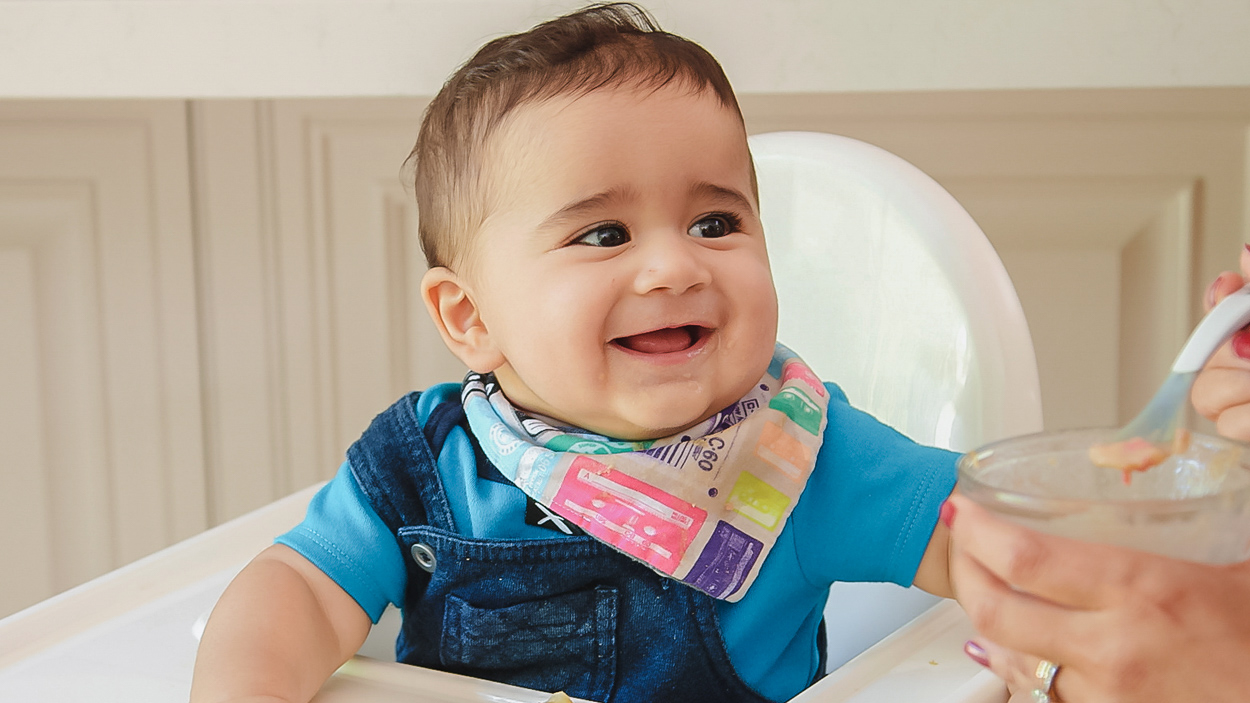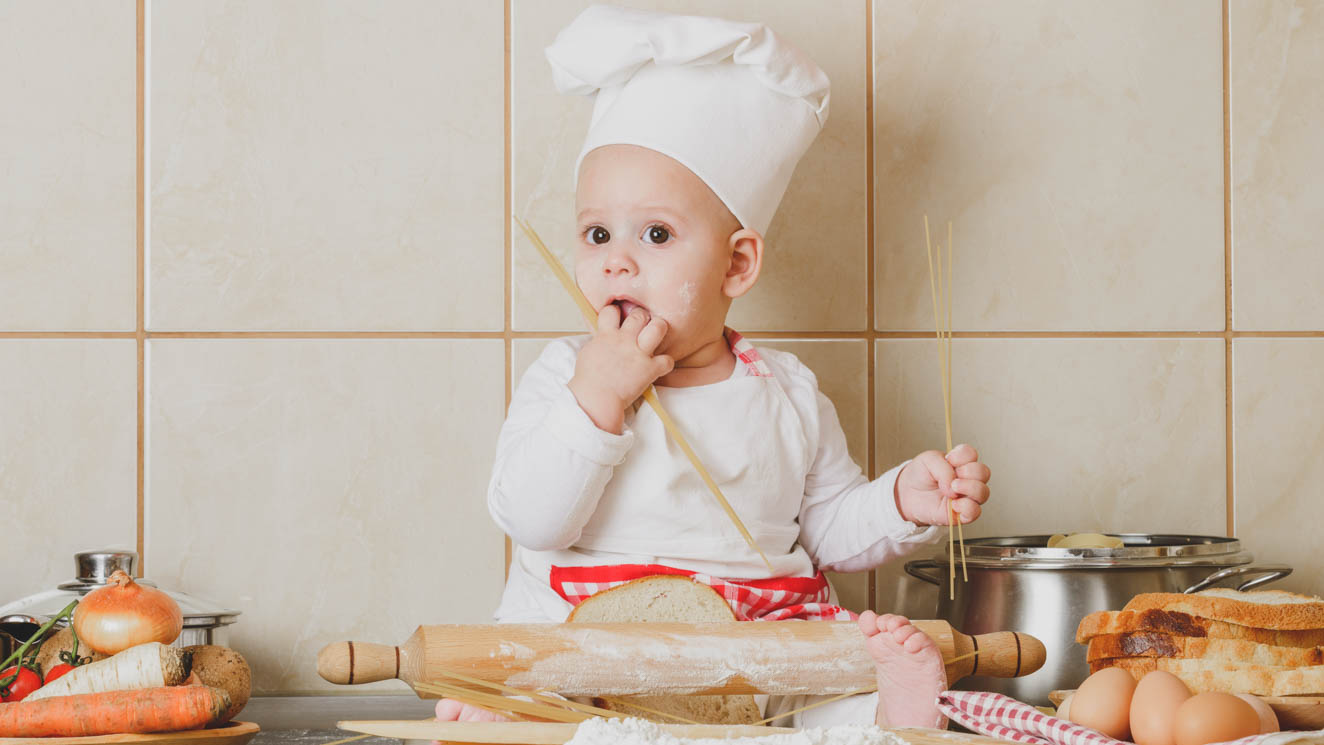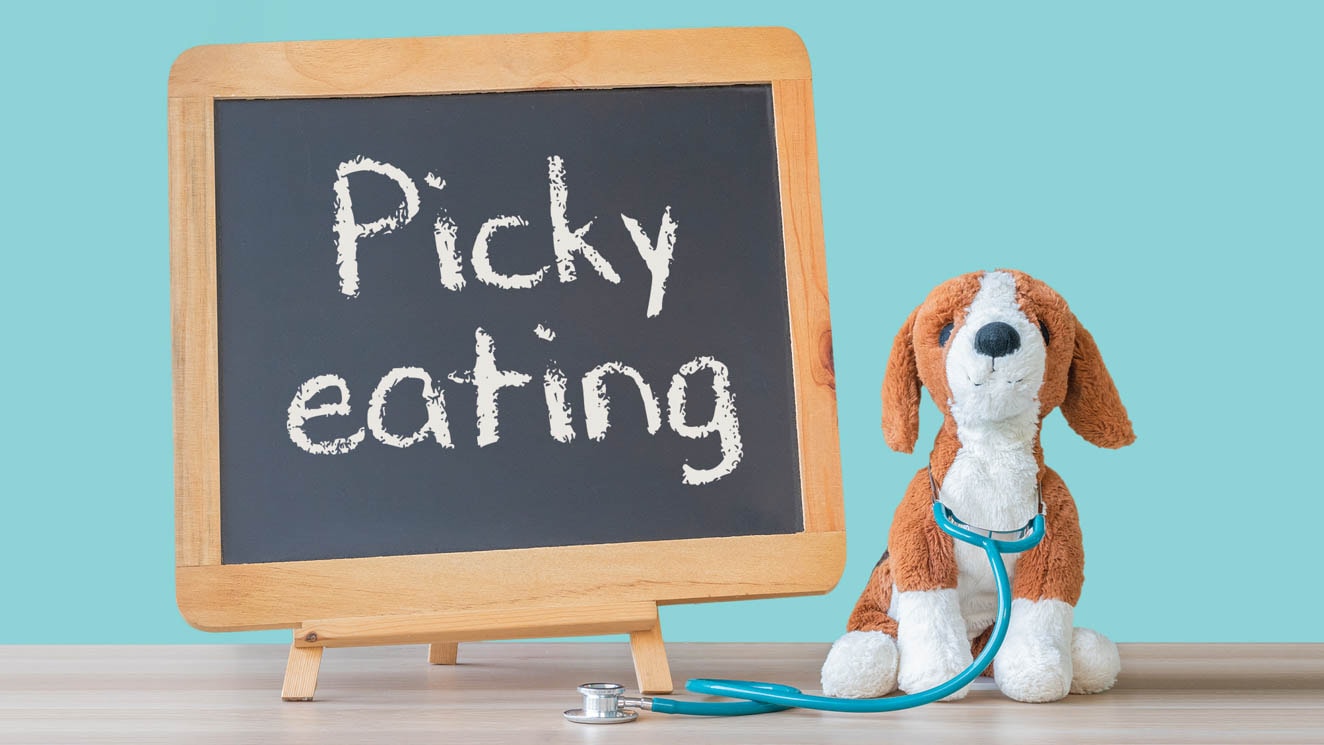

Growing up, I didn’t know anyone with food allergies. No one had a peanut allergy. There was no “gluten free” designation, no “food sensitivities.” By the time I had my own kids, though, I could name half a dozen kids I knew with food allergies or sensitivities, and, honestly, I didn’t take any of it seriously. I was one of those moms who felt (and acted) inconvenienced when someone else’s allergies infringed upon my daily peanut butter and jelly sandwich-packing routine for my kids’ lunches.
But then one day when I was in my late 30s, after eating lobster during an annual lobster bake, I broke out in hives and welts the size of dinner plates. I was intensely itchy all over my body, and my throat felt like something was stuck in it. I called my doctor’s office and they told me to take some Benadryl and come in for a consult, during which they confirmed what they’d suspected: shellfish allergy. Living in Maine where shellfish is sold absolutely everywhere, I figured this would would eventually become a nightmare situation for me.
But it didn’t. Two years passed, during which I successfully avoided shellfish. The EpiPen that my doctors prescribed for me sat in my purse and eventually expired. The only time I ever took it out was when I once mistook it for a Sharpie. Food allergies aren’t that bad, I thought. So, I got some welts, big deal. Avoiding eating shellfish seemed to do the trick, and that wasn’t so hard to do.
But I didn’t realize how serious my diagnosis was. I didn’t know that with repeated exposure, reactions could become significantly worse. If I had, then I might have avoided my next serious reaction, which landed me in the emergency room and honestly left me wondering if shellfish would be the thing that would eventually kill me.
It started when my kids were curious about sardines, so to teach them that trying new foods is fun, I bought a can and took it home where we opened it together and each of us took a little taste. Within an hour, though, my throat began to close up. My face became itchy and my tongue and lips tingled. My breathing became shallow and labored and my skin broke out in a rash that was bright red and hot to the touch. I was experiencing anaphylaxis but had no idea.
Not fully grasping the seriousness of the situation, I still didn’t use my EpiPen. It always made me think of that scene from Pulp Fiction when Uma Therman’s character Mia Wallace overdoses and her drug dealer stabs her chest with epinephrine. Instead, I went directly to the emergency room where I was told that I was having a severe allergic reaction and why hadn’t I used my PeiPen? That was my big ah-ha moment; I finally understood that my shellfish allergy was absolutely deadly serious.
32 million Americans have food allergies, which means that food allergies likely affect someone you know. Not only that, but 5.6 million American kids under the age of 18 have a diagnosed food allergy to at least one of more than 700 known foods that trigger a severe auto-immune response that can be life-threatening.
Thing is, statistics like this never meant anything to me until I was sitting in a hospital bed with an oxygen mask on my face. The painful rash that covered my entire trunk, upper arms, neck, and thighs never fully went away and I now have bizarre ghost-like marks across most of my body.
I’ve since learned that not only must I avoid eating shellfish, but I can’t even be around it if it is being cooked. Just simply breathing in the fumes could be enough for me to have a severe reaction. This is not that different for kids with nut and peanut, corn, or other food allergies. They too can suffer unimaginable reactions that require medical intervention.
At this point, I’m so frightened of another reaction that I won’t even eat at restaurants at all. I make my family wash their hands and faces after they’ve had seafood so that I won’t get sick if I kiss them or touch something that they touched. In my purse next to the new EpiPen is a pack of Benadryl pills and emergency instructions for whoever is with me so they know what to do if I have a major reaction.
There is no cure for a food allergy. Sure, people with a diagnosed food allergy are told to avoid the allergen that is dangerous to them. But when we live in a world where most people walk around without much education about or tolerance of allergies (like the former me), the people who are most vulnerable to life-threatening reactions are left feeling even more terrified.
I’m no longer the callous person who rolls her eyes at food allergies. The universe delivered some serious karma to me and I am here to tell everyone that if there is someone with a food allergy in your life, please be compassionate and kind to them. If you’re asked to avoid bringing a specific food to work or school, don’t act annoyed and like it’s the end of the world —because while you may not fully understand it, that one food may turn out to be the end of someone else’s world.







